Adaptive cruise control is more sophisticated than standard cruise control – automatically adjusting your car's speed depending on the traffic in front of you.
Different car brands have different names for it, but most adaptive cruise control systems work in the same way. They function just like normal cruise control until you encounter a slower-moving car ahead – then the system holds you at a safe distance from the slower vehicle until the road clears again.
What is adaptive cruise control?
Adaptive cruise control (ACC) overview:
- Acts like normal cruise control – holding a constant set speed without you pressing the pedals
- Until there's slower traffic ahead of you in your lane, then ACC slows the car to match their speed
- ACC will maintain a safe distance from the vehicle ahead – this distance can be adjusted
- Once the vehicle ahead leaves your lane, ACC will return to your set speed
- Some ACC systems have minimum speeds they can't operate below, while others can bring the car all the way to a stop and then accelerate again
- Certain ACC systems can automatically adjust themselves to changing speed limits
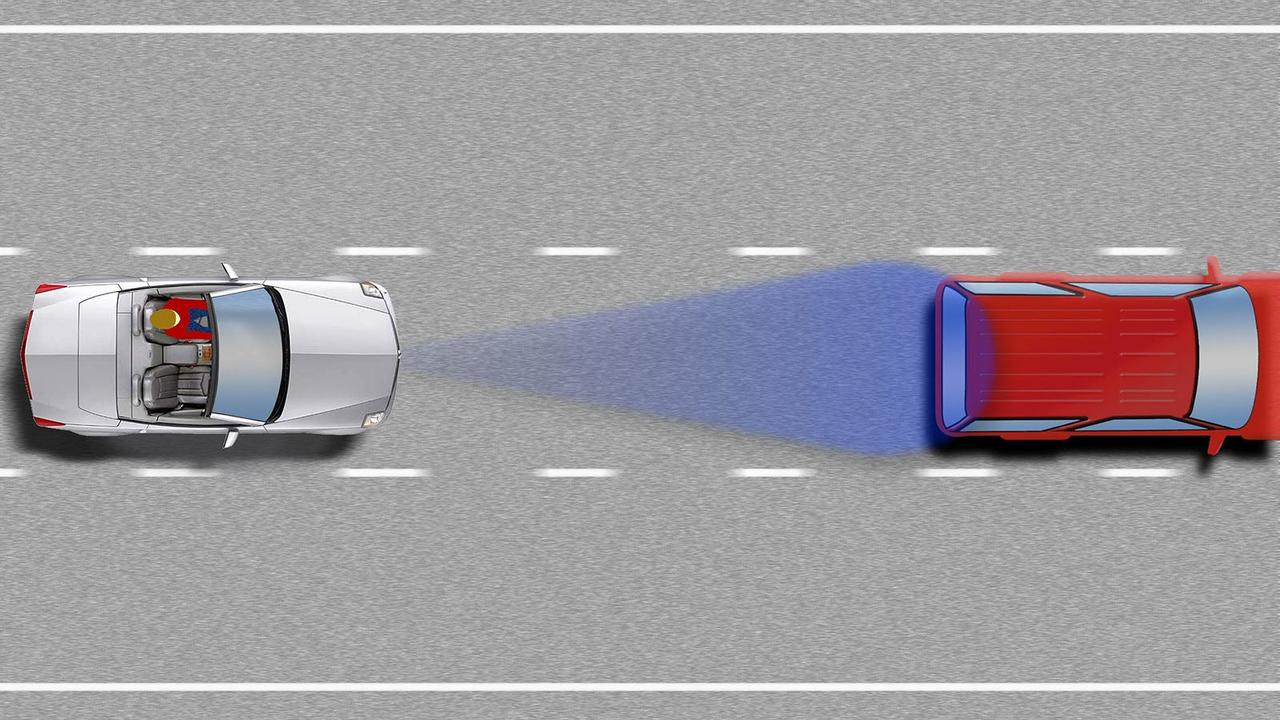
Adaptive cruise control – just like standard cruise control – holds your car at a fixed speed without you needing to press the accelerator pedal. This is useful on long motorway stretches that can lead to leg and ankle fatigue after extended periods of holding the accelerator in the same position.
Unlike regular cruise control, the 'adaptive' part kicks in should you come across a slower vehicle ahead of you in your lane. Normally, you'd have to manually adjust or disengage the cruise control to stop yourself driving into the back of the slower car but, with adaptive cruise control, the system automatically reduces your speed to hold you at a safe distance from the car in front.
The system will continue to hold you at a set distance from the car in front, and will constantly adjust itself as they speed up or slow down. Once the slower car leaves your lane, or you move into an overtaking lane, the adaptive cruise control returns you to your desired speed.
How do I use adaptive cruise control?
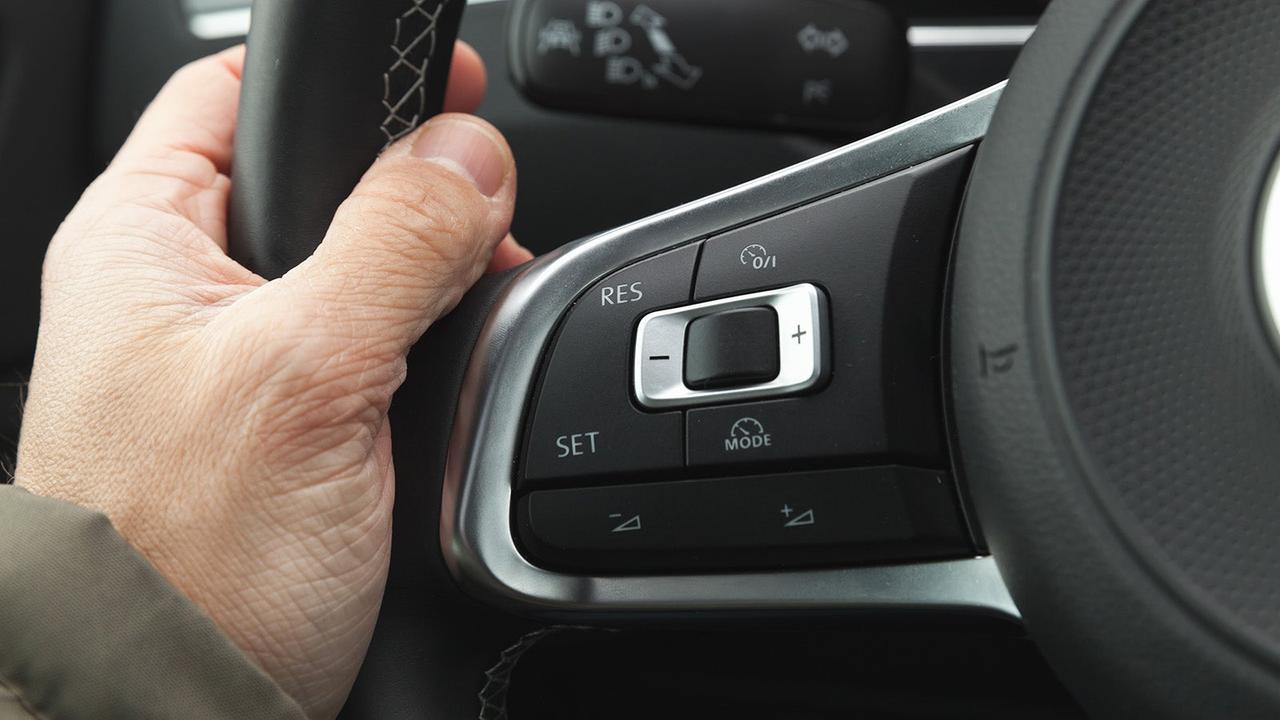
The controls that turn on a car's adaptive cruise control vary from brand to brand. However, cars equipped with adaptive cruise control will usually engage the system using the same group of buttons and switches that operate the regular cruise control. Most commonly, these will be buttons fitted to the steering wheel spokes, or mounted on a stalk behind the steering wheel.
Often, cars with adaptive cruise control will include a button within the cruise control cluster that cycles through the setup's different modes – switching between regular and adaptive cruise control. If your car is equipped with a semi-autonomous driving system – where the car can 'steer' itself provided the driver is paying attention – you'll normally activate this feature using the same cluster as the adaptive cruise control.
You can turn the system off using the built-in buttons at any time. If you need to take over in an emergency, however, you can simply press the brake pedal as you would normally, which will cause the car to slow and the cruise control to immediately disengage. You can also temporarily override the cruise control by pressing the accelerator if you want a sudden burst of speed.
What is following distance and how can I adjust it?
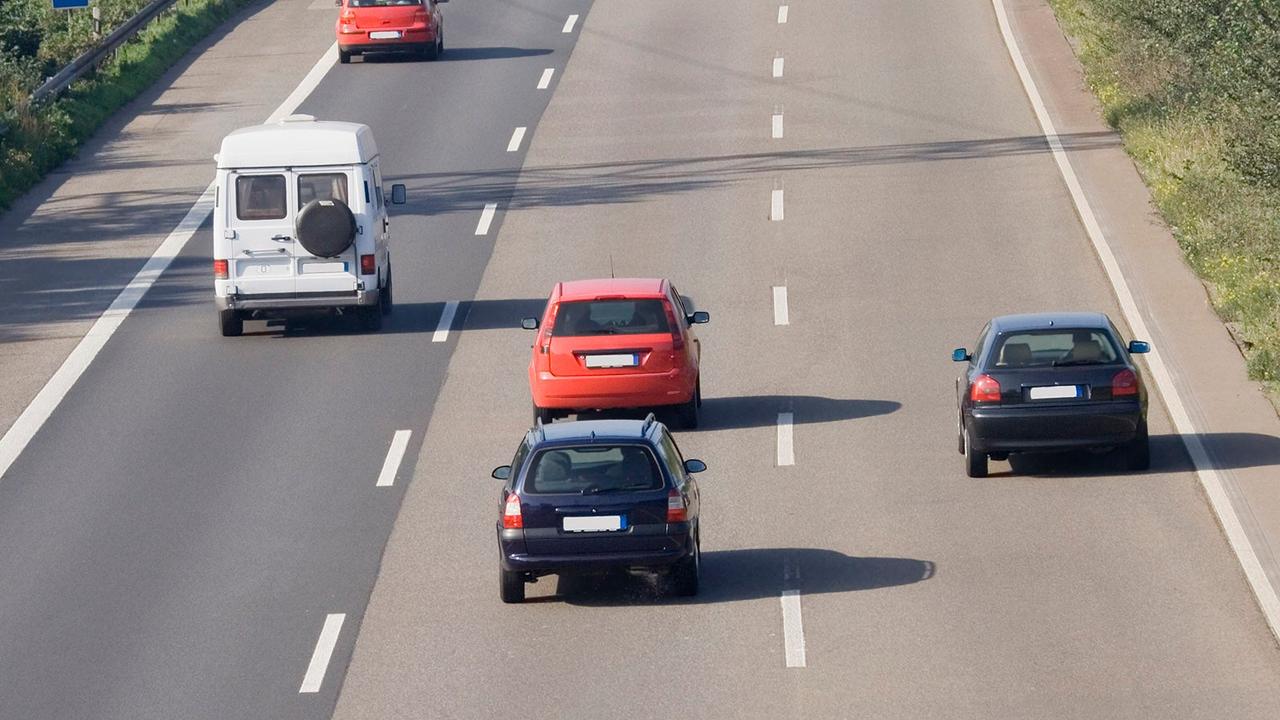
Most adaptive cruise control systems allow you to adjust your following distance. This is the distance the car tries to maintain between itself and any slower traffic ahead of you. It's important to have a good amount of space between you and the car in front as it gives you more time to react if there's a sudden emergency or blockage in your lane.
You can normally set the following distance somewhere between fairly far and comparatively close, but all settings will include enough of a buffer to maintain a minimum standard of safety. Larger following distances might lead to other drivers jumping into the gap you leave ahead of you, causing your adaptive cruise control to back off again for safety.
Where should I use adaptive cruise control?
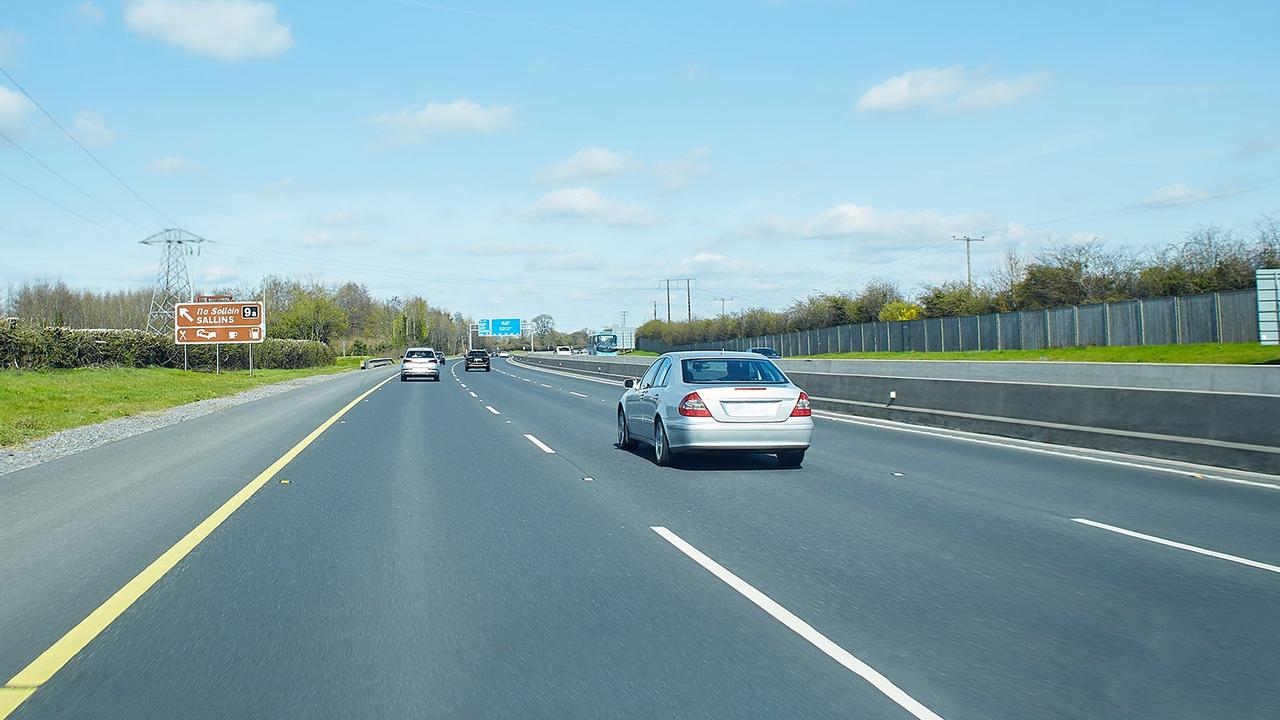
Adaptive cruise control can be activated on any road but it's really meant for long motorway trips or fast A-road stretches. Essentially, any kind of driving situation that would normally see you holding the throttle pedal in one position for extended periods of time to maintain a set speed. Some systems will have a minimum speed the car must be travelling before they'll kick in.
It can take a lot of strain out of long-distance driving, but it's important to remember that it ultimately adds a buffer between you and the car. That could increase the amount of time it takes you to respond to a sudden emergency ahead – one where a split-second delay in your reaction time could make the difference between crashing or not. As a result, we'd avoid using adaptive cruise control around town or in busy motorway traffic, where you'll most need your wits about you.
How does adaptive cruise control work?
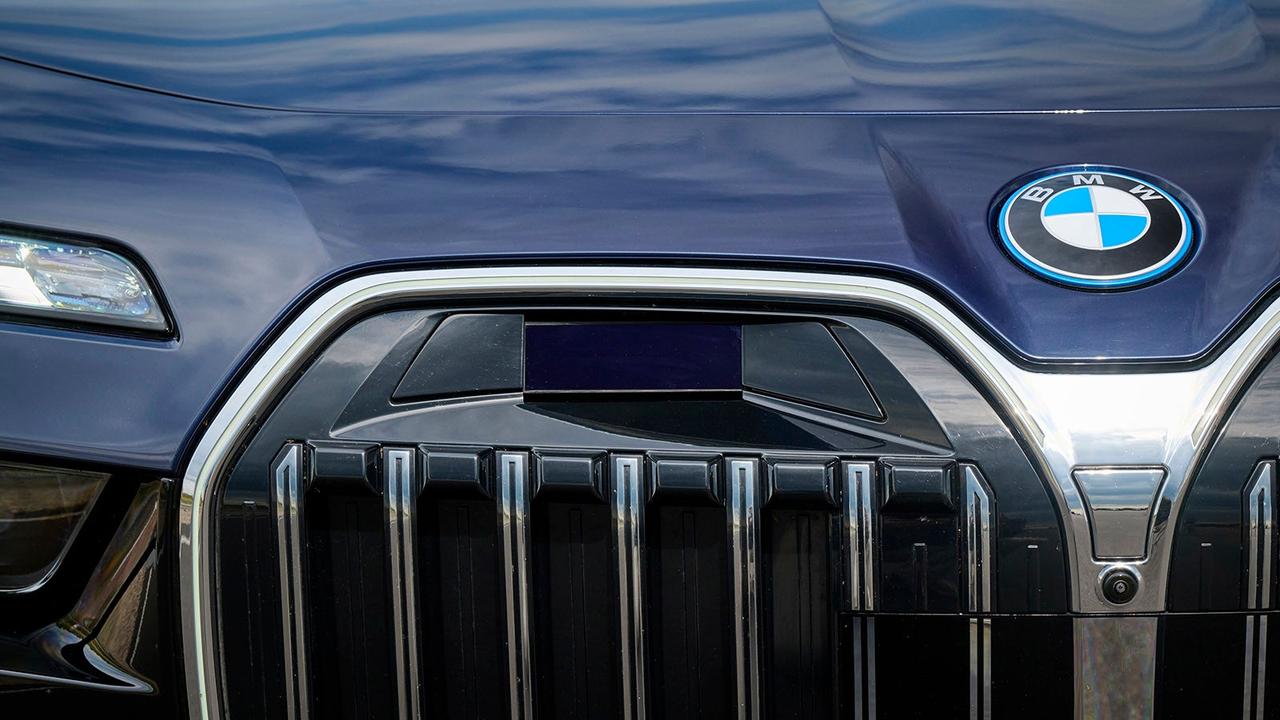
Almost all cars with adaptive cruise control use a front-mounted radar sensor to detect vehicles ahead of them. The sensor unit fires out a radio wave, which then bounces back off the vehicle in front. Measuring the time between firing the wave and it arriving back at the sensor allows the system to determine the distance between you and the car ahead.
Your car is constantly measuring the gap between you and the vehicle in front, and constantly adjusting your speed in response to make sure the gap remains the same length. It's common for cars with adaptive cruise control to also include automatic emergency braking, as these systems often rely on the same sensors to function.
What cars have adaptive cruise control?
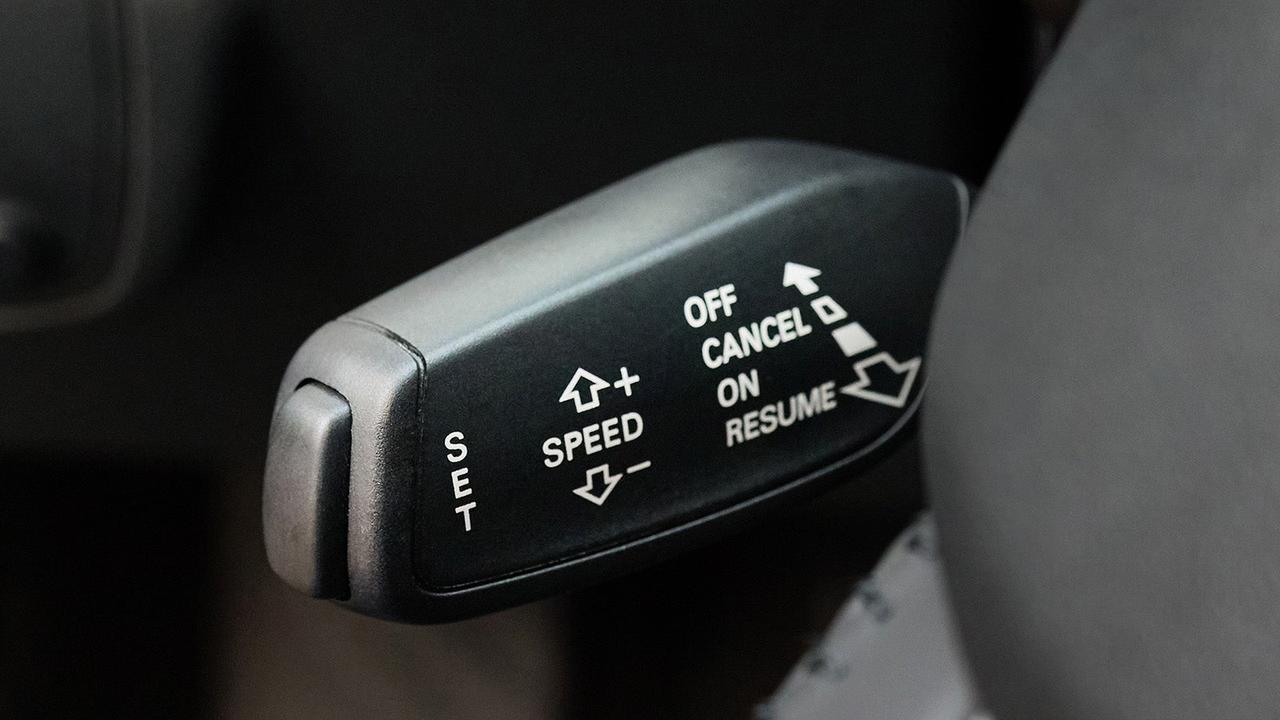
The first cars fitted with adaptive cruise control were luxury cars, because these systems were expensive in the early days so only made sense when equipped on pricier models. However, as development and production costs have dropped over time, more and more cars are offered with adaptive cruise control. Now, most cars made within the last five years or so are at least optionally available with adaptive cruise control.
Even comparatively humble cars like the Ford Fiesta and Mini Hatchback can be optionally equipped with adaptive cruise control. You'll even find some affordable models like the MG5 that actually include adaptive cruise control as standard across the range – not even Porsche offers that!
Will adaptive cruise control stop the car for me?
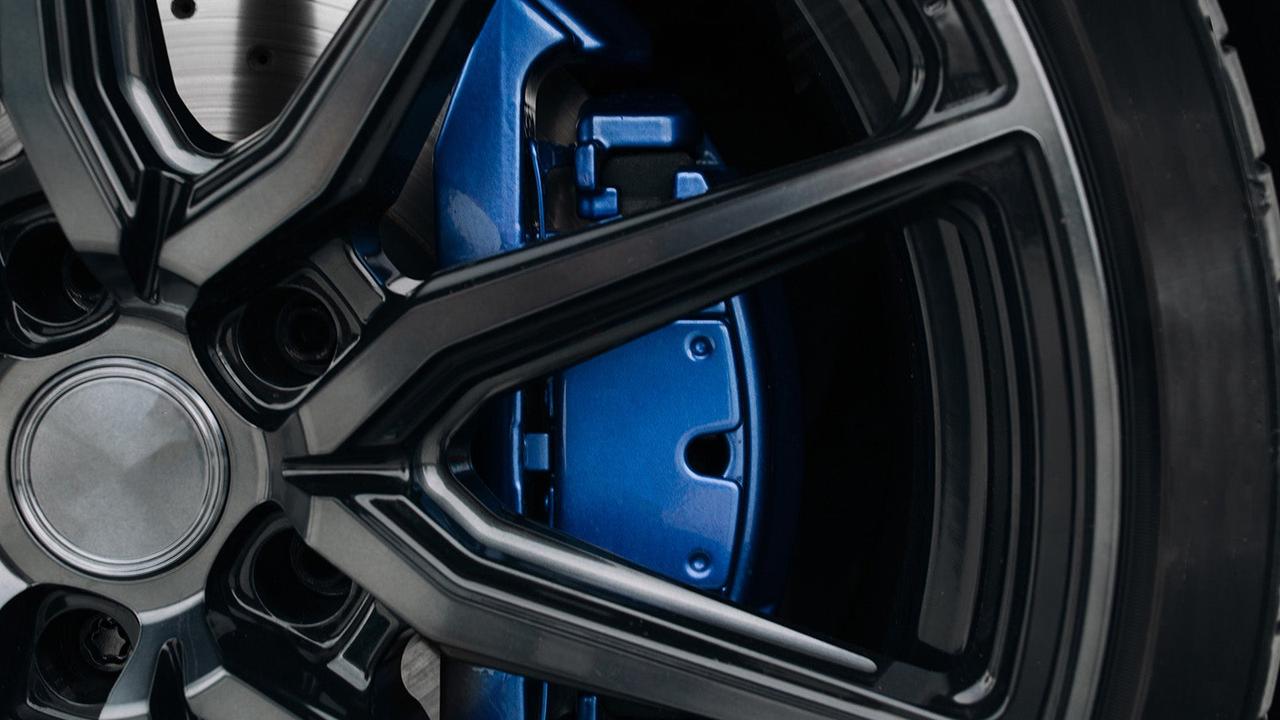
This depends entirely on the system equipped to your car. Many adaptive cruise control setups have a minimum speed – usually around 25mph – and, if the car falls below this number, the system will simply turn off. However, some more sophisticated setups can bring the car all the way to a stop if, for example, busy traffic sees your lane come to a halt. Once traffic gets moving again, they'll bring the car back up to speed.
Find a great value used car
Motorpoint has a huge selection of used cars from all major brands. If you fancy some inspiration, check out our picks for the best tech-laden luxury SUVs on sale.

































%20copy.jpg&w=744&q=75)

